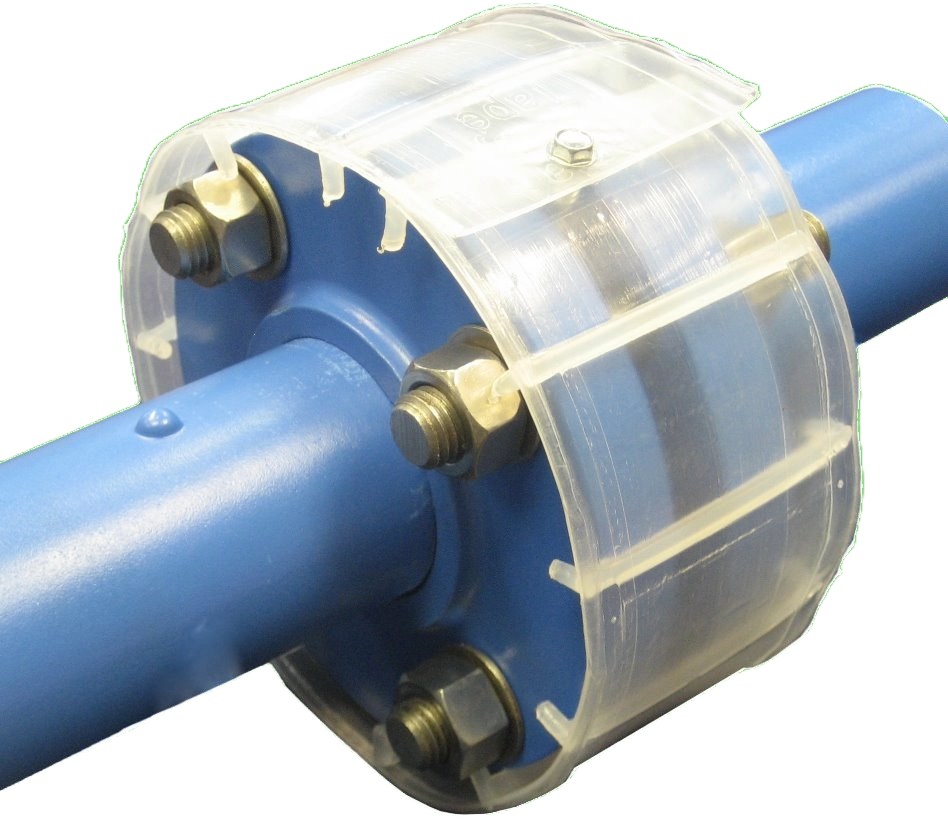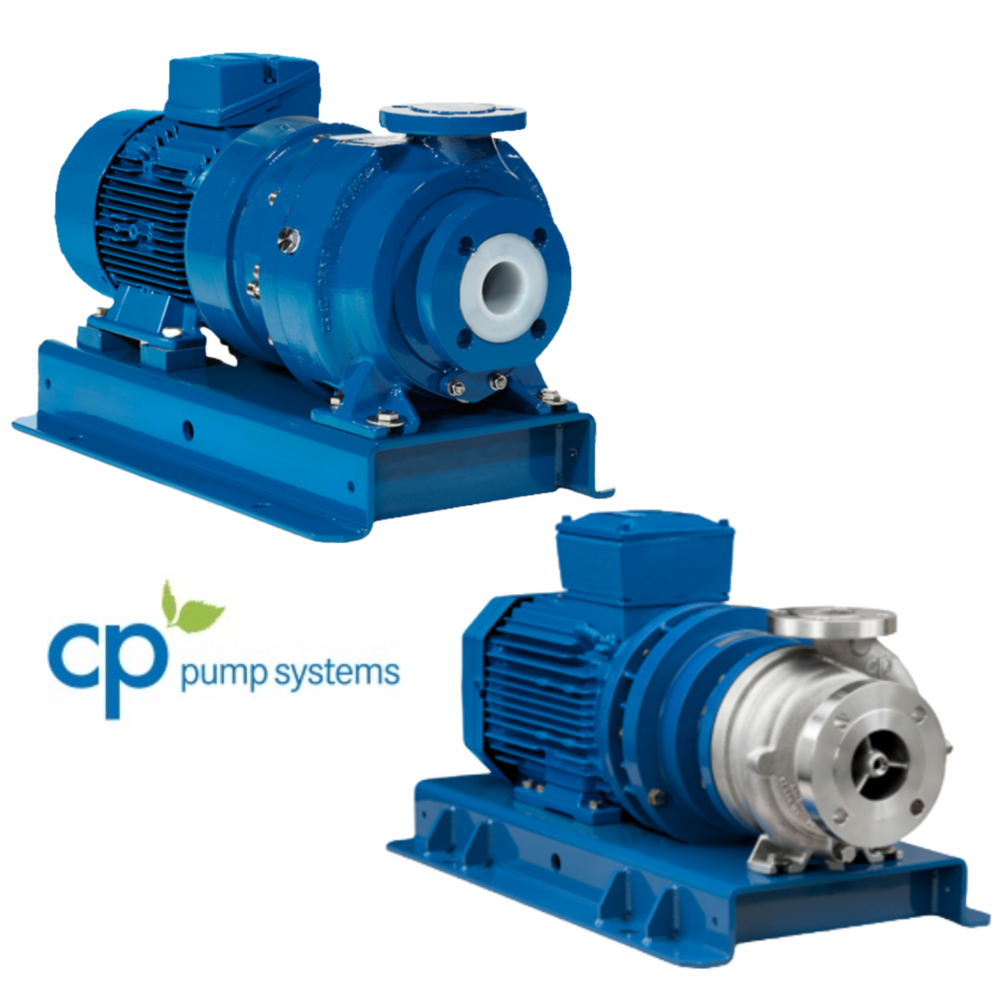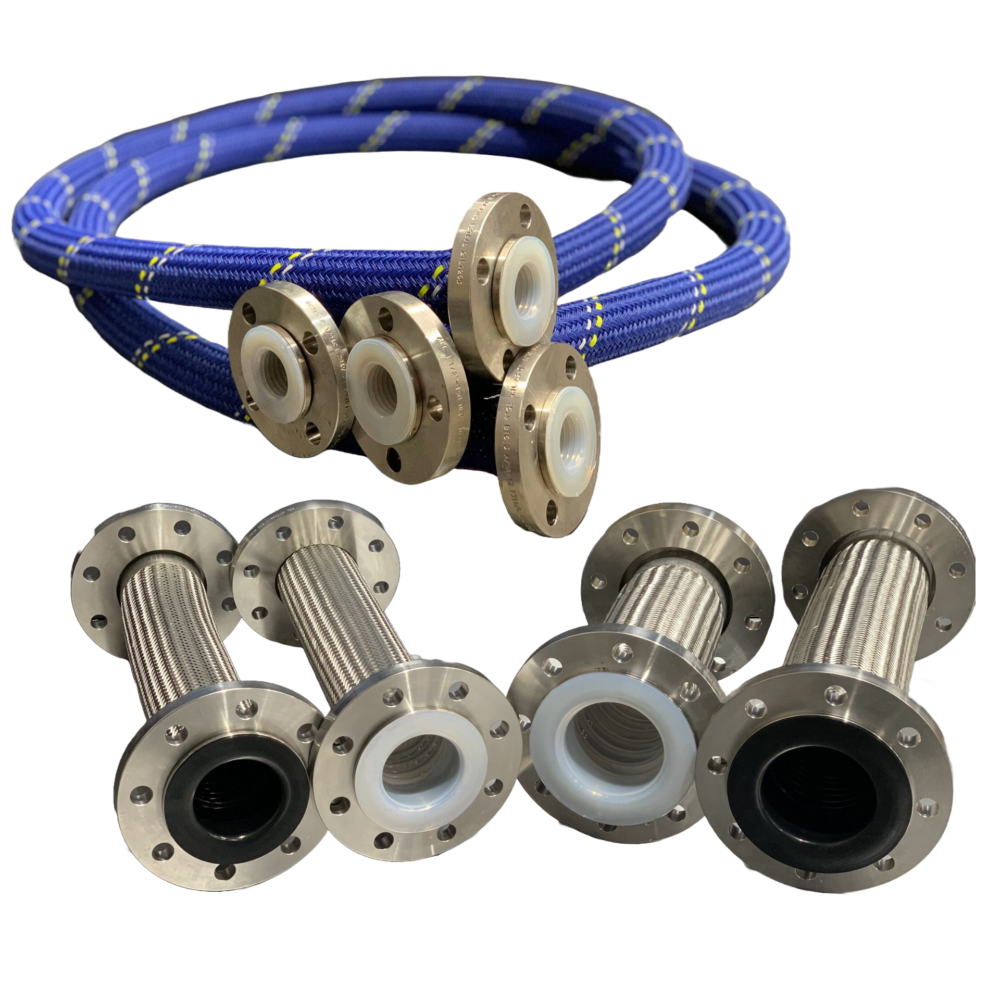Principle Specifications
The following are a series of short form notes on the principal standards which might be encountered or referred to in the specification and manufacture of Lined Pipe & Fittings (LP&F) for products manufactured to ASME B16.5 Class 150. These are generally US specifications. There are a range of German DIN specifications for lined piping to the DIN standard. These are obviously relevant for this specification, but the more generic data about lining materials is much less definitive than the ASME specifications. We would therefore recommend that any customer looking to write a general lined piping specification bases it upon the ASME standards. To aid with this we have prepared a draft piping specification template which anyone is free to use to assist in this process.
Quality
ISO 9001:2015
The ISO 9000 family of standards are related to quality management systems and designed to help organizations ensure that they meet the needs of customers and other stakeholders. The standards are published by ISO, the International Organization for Standardization, and available through National standards bodies while meeting statutory and regulatory requirements. ISO 9000 deals with the fundamentals of quality management systems, including the seven quality management principles on which the family of standards is based. ISO 9001 deals with the requirements that organizations wishing to meet the standard have to fulfil. Accreditation to such a standard is accomplished by a third-party certifying authority that conducts routine audits of any site wishing to hold and retain such accreditation.
Performance Standards
Pressure Equipment Directive 2014/68/EU
This document sets out the standards for the design and fabrication of pressure equipment (“pressure equipment” means steam boilers, pressure vessels, piping, safety valves and other components and assemblies subject to pressure loading) generally over one litre in volume and having a maximum pressure more than 0.5 bar gauge. It also sets the administrative procedures requirements for the “conformity assessment” of pressure equipment, for the free placing on the European market without local legislative barriers. It has been mandatory throughout the EU since 2002. This is enacted in the UK as the Pressure Equipment (Safety) Regulations (PER).
Lined Pipe Specifications
ASTM F423 – Polytetrafluoroethylene (PTFE) Plastic-Lined Ferrous Metal Pipe, Fittings and Flanges
This was the original LP&F specification and set out the materials to be used, methods of fabrication and testing both as type tests and production tests. This specification was originally written over 30 years ago and was made up from the best parts of the manufacturing methods of the major US manufactures of that time. It has over the years been used as the bench mark quality standard for the manufacture of PTFE Lined pipe and fitting throughout most of the world with only central Europe preferring the DIN equivalent. Many other user specifications use this document as a base text or reference point. It is still frequently referred to although it was withdrawn in 2002 and superseded by ASTM F1545.
ASTM F1545 – Plastic-Lined Ferrous Metal Pipe, Fittings and Flanges
This is the latest version of ASTM lined pipe specifications. It is generally a compilation of the original liner specific standards and includes all the common lining materials plus several more unusual types. It was written basically for two reasons, firstly to provide a specification for the many types of lined system within a common document and secondly to regularise the various differing techniques used by the major US manufacturers. There are some differences between this modern specification and the older series, these are mostly in the text and are of little significance in terms of performance. It does theoretically supersede all the single liner type specifications but in practice it operates alongside the older specifications.
ASTM F781 – Perfluoro (Alkoxyalkane) Copolymer (PFA) Plastic-Lined Ferrous Metal Pipe and Fittings
This is the last of the series of lining material specific standards and covers the use of PFA as a lining material. It follows the basic format of F423. This standard occasionally appears where PFA systems are used in ultra-pure applications but is largely superseded by ASTM F1545.
Lining Materials
ASTM D1457 PTFE Moulding and Extrusion Materials
This is the original specification for PTFE materials as supplied by the manufacturer. It gives details of the physical and mechanical attributes of all the common types of PTFE materials both before and after sintering. Much of this specification is taken up with test methods for the materials as delivered by the polymer manufacturer and how the sintered material is to be tested by the end user.
Type III
ASTM 1457 is a wide-ranging specification with many sub divisions which are referred to as ‘Types’. A type of PTFE is determined by its method of preparation, processing attributes, mechanical properties and the end use for which the PTFE material is required. Type III resins as used by CRP are high molecular weight PTFE materials manufactured from coagulated dispersion which are to be processed by extrusion using a volatile processing aid. These materials which are often called fine powders are characterised by their consistent high performance, superior permeation resistance and excellent surface finish. This raw material specification is still in common use and is frequently referred to although it was superseded by PTFE type specifications D4894 and D4895 in 1995.
ASTM D3307 Perfluoroalkoxy (PFA) Fluorocarbon Molding and Extrusion Materials
Standard specification for the various types of PFA polymers giving full details of the physical and mechanical attributes of the PFA both as supplied by the manufacturer and after processing. The specification also contains details of test methods to be used for PFA polymers.
Type II
In common with most ASTM Standard Specifications for materials ASTM D3307 is divided into many grades or in this case 13 types each destined for a different application. A type reference determines the mechanical and thermal properties of Page 3 of 5 a particular grade or type. Whilst the mechanical properties are important it is the thermal properties which have the most significance when PFA is used as a corrosion resistant lining material. Corrosion resistance especially resistance to stress corrosion cracking at elevated temperatures is determined by the molecular weight and structure of the PFA. The best lining materials have high molecular weights and are renowned for their extraordinarily high viscosity even when they are fully melted. It is a measure of the viscosity when melted referred to as melt flow index which is the principal method of determining a ‘type’ of PFA. The lower the melt flow index the greater the melt viscosity and performance in highly aggressive situations. CRP only uses PFA classified to type II which has the lowest melt flow index of all the PFA grades.
ASTM D4894 Polytetrafluoroethylene (PTFE) Granular Moulding and Ram Extrusion Materials
Standard type specific raw material specification for Granular PTFE’s. They are called granular because of the large form of the polymer agglomerates produced during the raw polymer finishing processes. The standard covers physical and mechanical properties of the various grades of these polymers both before and after sintering. This standard was written to supersede the old general PTFE standard ASTM D1457. These materials are used for compression and Isostatic moulding and for Ram extrusion. CRP would not recommend the specification of such materials for use as pipe or fittings liners for chemical service.
ASTM D4895 Polytetrafluoroethylene (PTFE) Resin Produced From Dispersion
Standard type specific raw material specification for PTFE polymers which are produced by the controlled coagulation of dispersions. These PTFE’s are called “Coagulated Dispersions, Fine Powders or Paste Polymers” and are much more precisely controlled than the coarse granular materials. These types of PTFE are almost always mixed with a volatile processing aid and are used to make high quality extrusions.
Metal Specifications
API 5L Line Pipe
Material specification and dimensional standard for steel pipe. This is the most common standard for steel pipe and is readily recognised throughout the Petrochemical industry. This specification is widely used in the Grade B form as the standard pipe material for Lined Pipe and Fittings manufacture. It is now quite common to see steel pipes dual certified to this specification and to ASTM A106.
ASME B16.5 Steel Flanges and Flanged Fittings
Dimensional standard for flanges between ½” and 24” NB with pressure classes from Class 150 which are most commonly supplied with PTFE lined piping up to Class 1500. All our standard fittings are manufactured to this standard.
ASME B16.42 Ductile (Spheroidal Graphite) Iron Flanges and Flanged Fittings
Dimensional standard.
ASME B16.9 Wrought Steel butt welding pipe fittings
Material and dimensional standard.
ASME B36.10 Steel Tube
Dimensional standard for steel tubes.
ASTM A105 Forged Steel Flanges
Material specification.
ASTM A106 Steel Pipe Specification
Material specification often seen as a combined specification with API 5L Grade B.
Grade B
Grade B is the most widely used of the three grades steel pipe referred to in ASTM A106. The term grade B determines the chemical composition and mechanical performance of the steel used to make the pipe.
Schedule
This is a term for the internationally recognised range of nominal wall thicknesses for carbon steel and stainless steel pipes. Schedule is set out as part of ASME B36.10 which is the world standard for the physical sizes of steel and stainless steel pipes.
ASTM A193/194 Bolting Materials
Material and performance specification.
ASTM A216 Steel Castings
Material specification.
The WCB grade is used by CRP as the housing material for the majority of its PFA lined fittings.
ASTM A234 Steel Pipe Fittings
Material specification.
The WPB grade is usually used for LP & F.
ASTM A333 Steel Tubes for Low Temperature Service
Material specification.
ASTM A350 Forged Steel Flanges for Low Temperature Service
Material specification.
ASTM A352 Cast Steel Flanges and Flanged Fittings for Low Temperature Service
Material specification.
ASTM A395 Ductile (Spheroidal Graphite) Iron
Material specification. Used as the cast housing material for many lined item such as valves, tees and elbows.
Grade 60-40-18
This reference defines the chemical composition and mechanical performance of the most ductile form of the two irons detailed in ASTM A395.
ASTM A587 Electric Resistance Welded Steel Tubing
Material and dimension specification for Low Carbon Steel pipes for the chemical industry 1” – 4”NB. This material has exceptionally good cold forming properties.
BS1501-161-430A
This is a British Standard specified steel which has now been superseded by the Euro Norm specification EN 10028. The steel typically known as ‘boiler plate’ is used in the fabrication of welded pressure vessels and boilers and is used where plate materials are required in the manufacture of pipe spool stub ends and fittings components.
Surface Finishing Specifications
Surface Preparations Standards for Painting Steel Surface SIS 055900 SA 2.5 (ISO 8501-1
The Swedish standard for surface cleanliness has been adopted directly as national standard in many countries. It’s cleaning degrees SA 2; SA 2½, etc. are universally recognized. The Swedish Standard is now superseded by ISO 8501-1. Sa 2½ is “very thorough blast-cleaning” i.e. when viewed without magnification, the surface shall be free from visible oil, grease and dirt, and from mill scale, rust, paint coatings and foreign matter. Any remaining traces of contamination shall show only as slight stains in the form of spots or stripes.
ISO12944 Paints and Varnishes – Corrosion protection of steel structures by protective paint systems.
This standard describes the types of paint and paint systems commonly used for corrosion protection of steel structures and gives guidelines for the selection of paint systems available for different environments.
























































